Korando safety
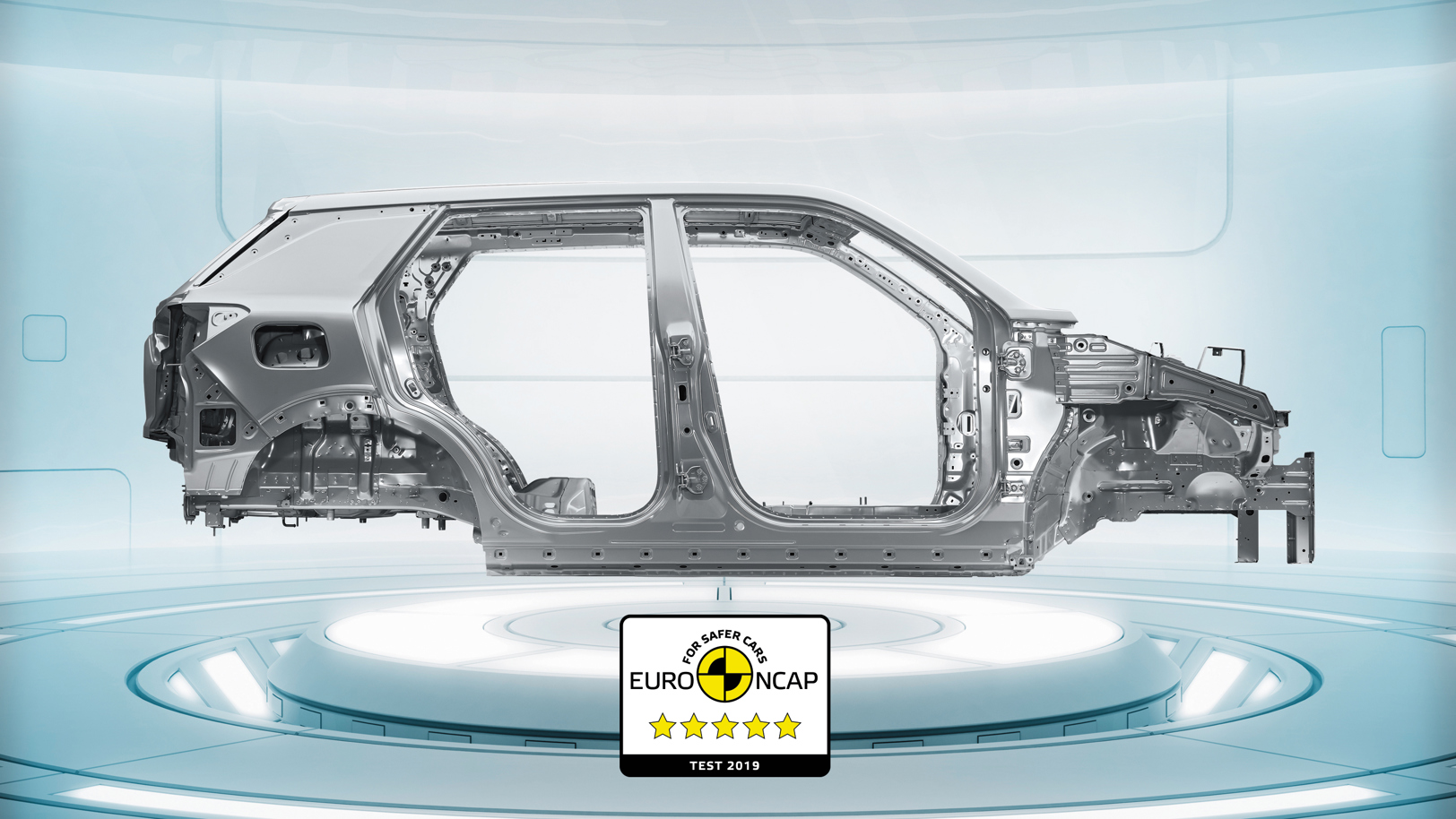
protecting you and your loved ones
Korando looks and handles well, but that's not all - it's also the safest and strongest Korando ever. A focus on safety is built-in from the body up, with a best-in-class chassis composed of 74% high-tensile strength steel. KGM has also fitted a 6 airbag system - which includes driver and passenger seat airbags, side and curtain airbags. This has all helped the Korando score 5 stars in the Euro NCAP test.
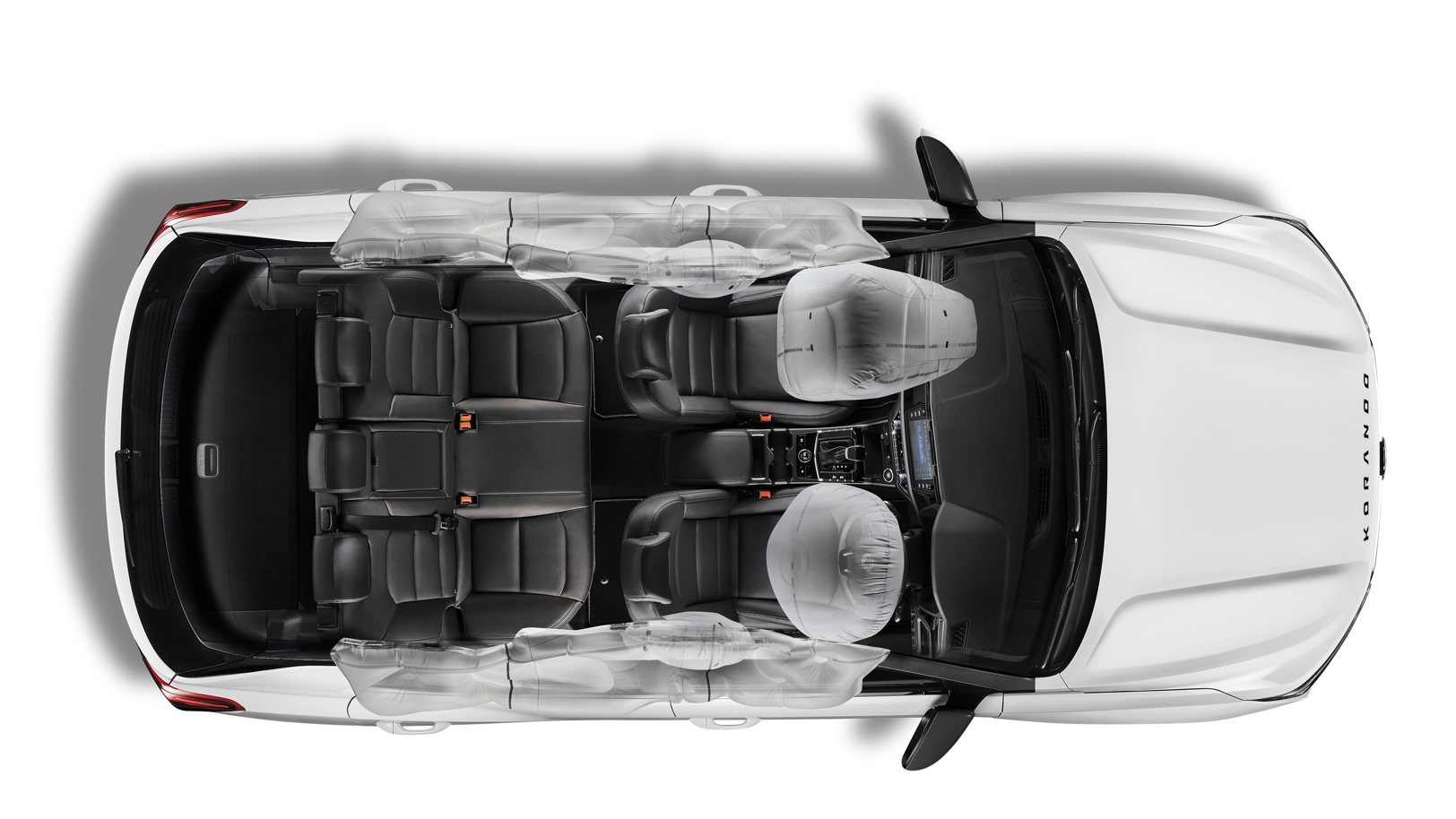
Braking aids
autonomous emergency braking (AEB)
Evaluating data from the vehicles’ on-board camera, Forward Collision Warning (FCW) can detect a potential collision with a vehicle, pedestrian, or obstacle. If a collision appears imminent FCW will warn the driver and, if there is insufficient response, Autonomous Emergency Braking (AEB) will intervene with appropriate braking force to stop the vehicle or minimise damage.
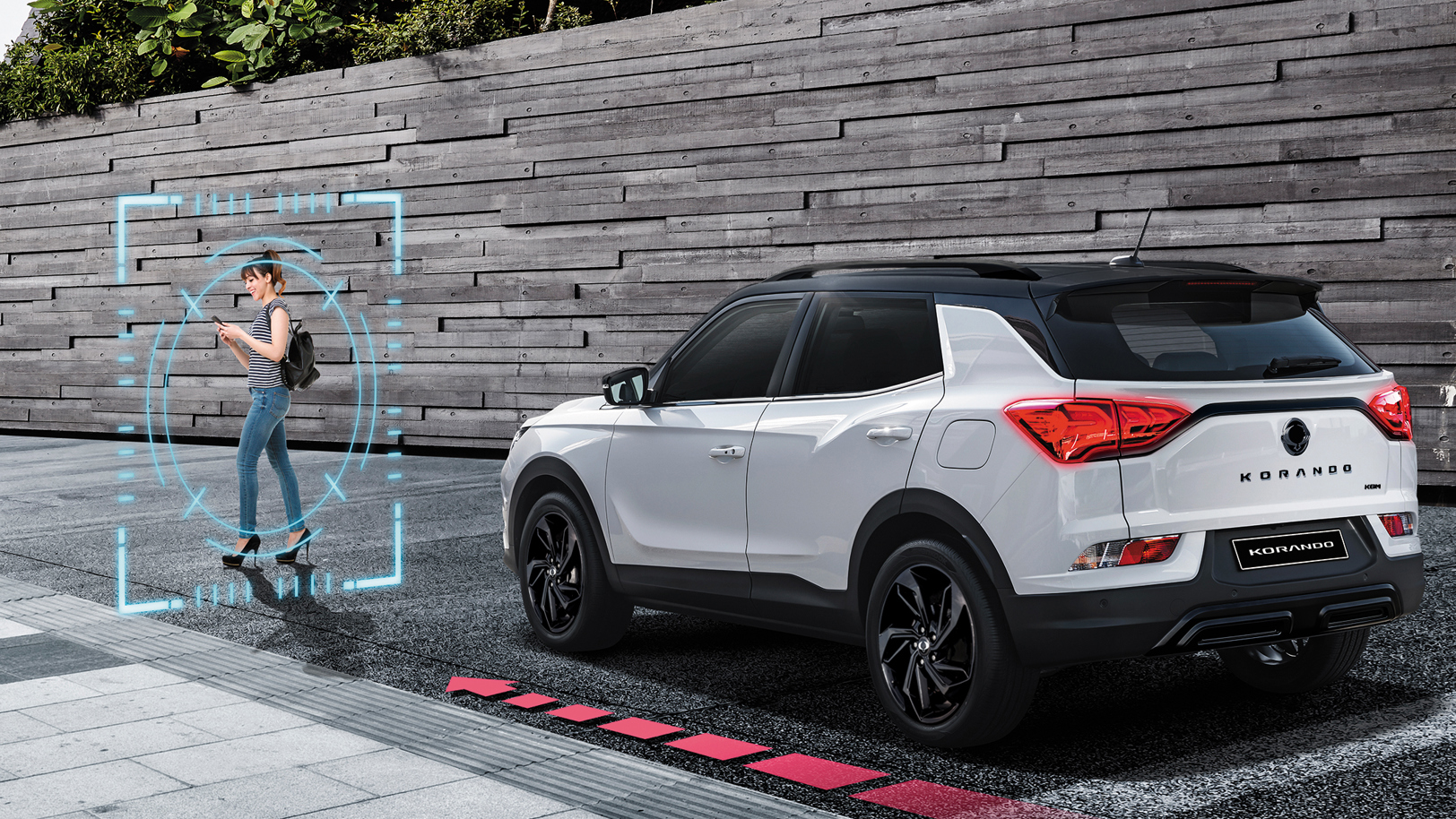
Electronic stability programme (esp)
ESP constantly monitors road conditions and vehicle status and automatically adjusts engine output and braking whenever the driver is about to lose control. It integrates the ABS, active rollover protection, anti-slip regulation and brake-force assist.
Active roll-over protection
Active rollover protection (ARP), is a system that recognises impending rollover and selectively applies brakes to resist. ARP builds on electronic stability control and its three chassis control systems already on the vehicle - anti-lock braking system, traction control and yaw control.
Anti lock braking system (ABS)
ABS uses electronics to detect and prevent wheel lock up. This helps a driver maintain control of a vehicle when braking in low grip situations, because a car's steering will still work when ABS is engaged.
Safety aids
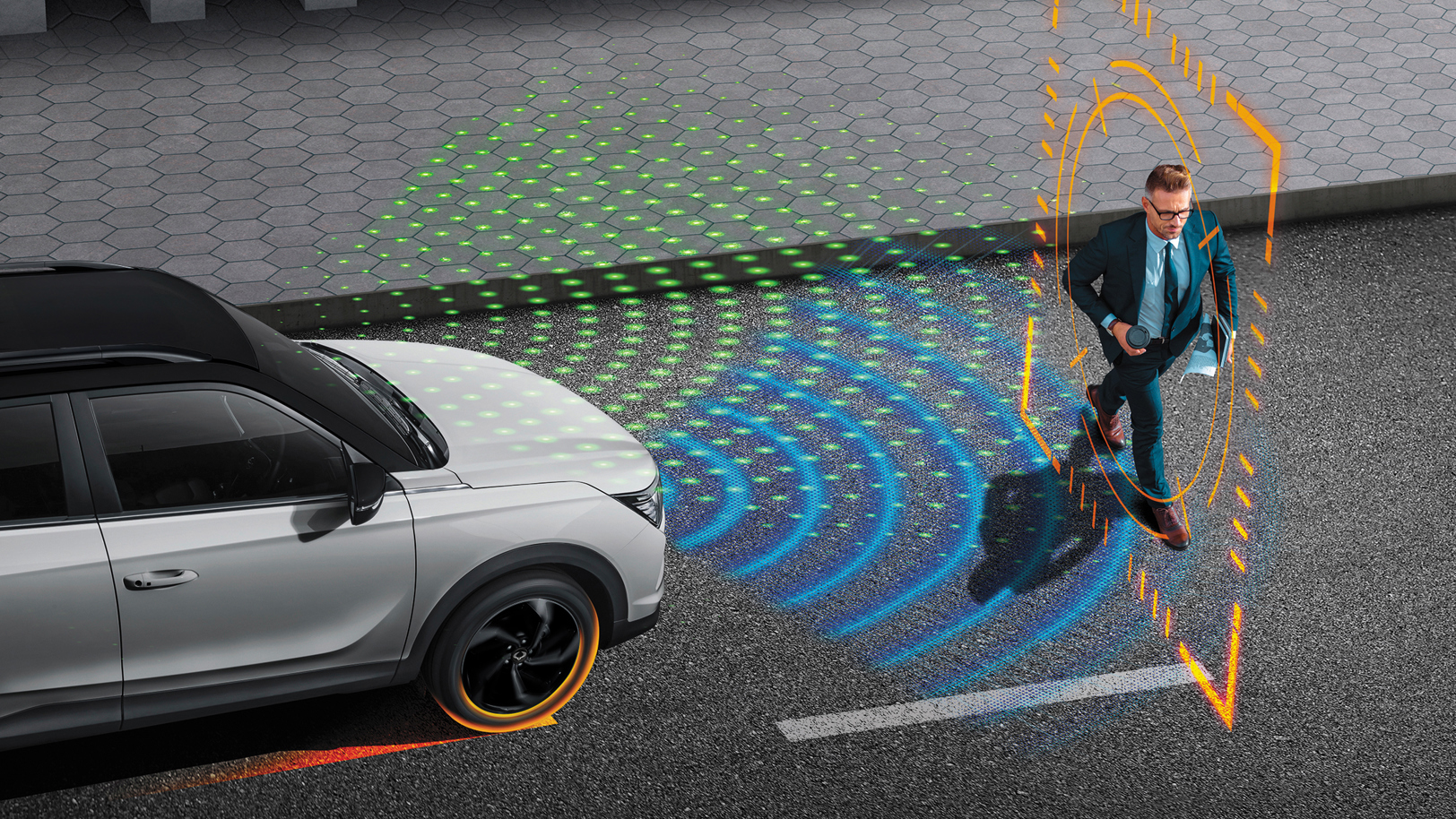
front collision warning
Alerts the driver when another vehicle or pedestrian appears in the path of the vehicle.
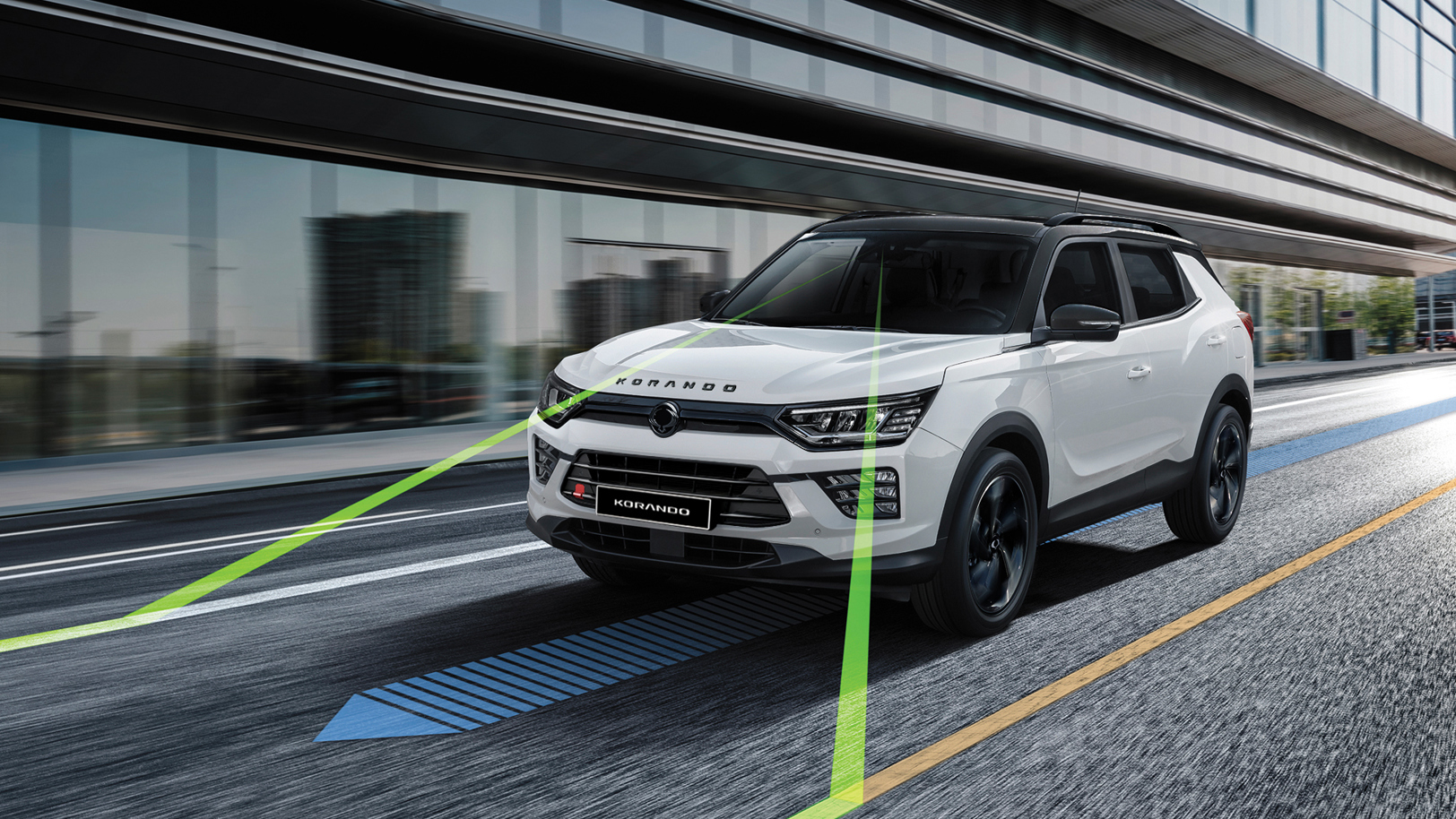
lane departure warning
Notifies the driver when the forward camera module detects an unintended lane departure by the vehicle.
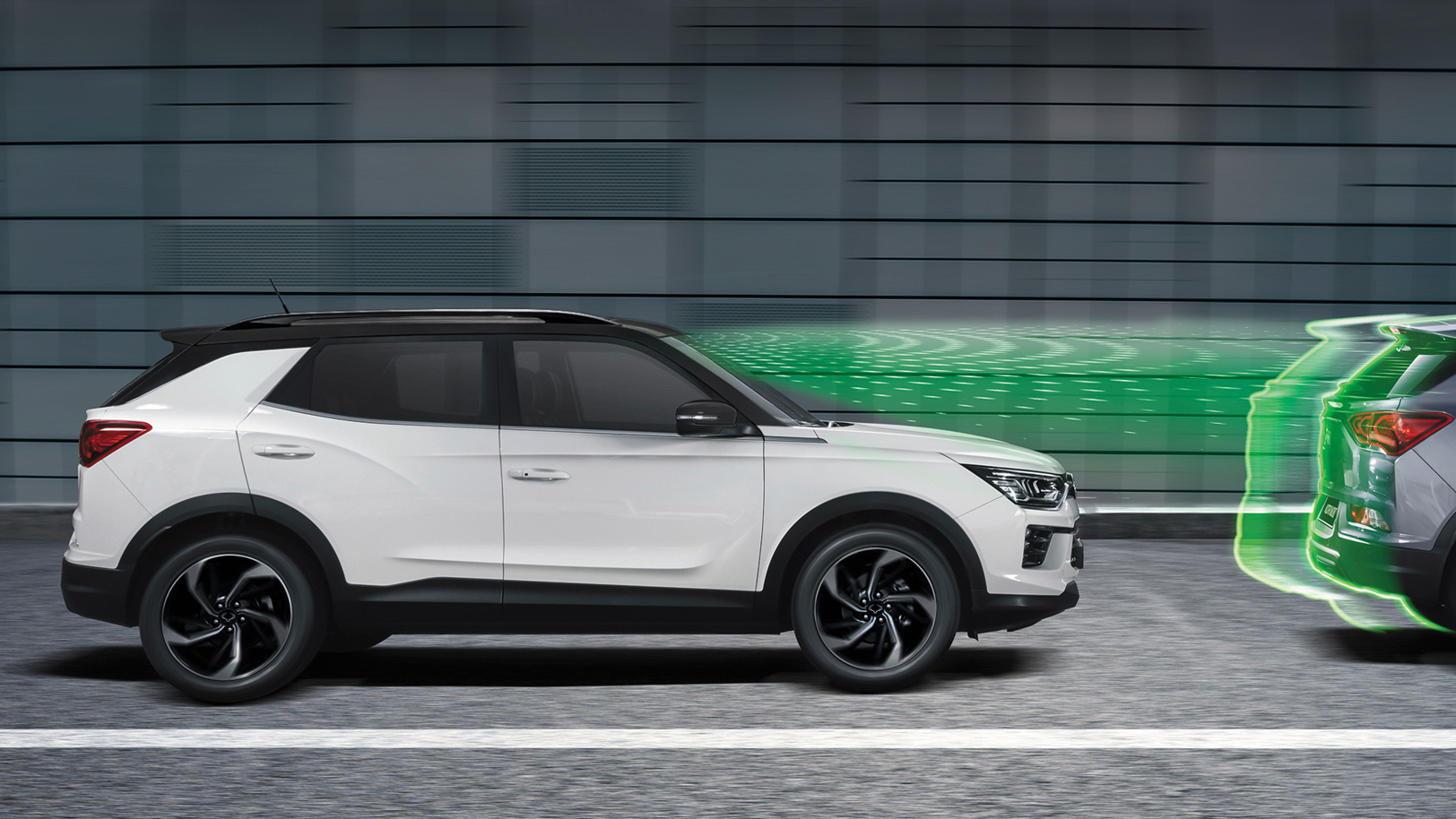
front vehicle start alert
Alerts the driver when the preceding vehicle begins to depart.
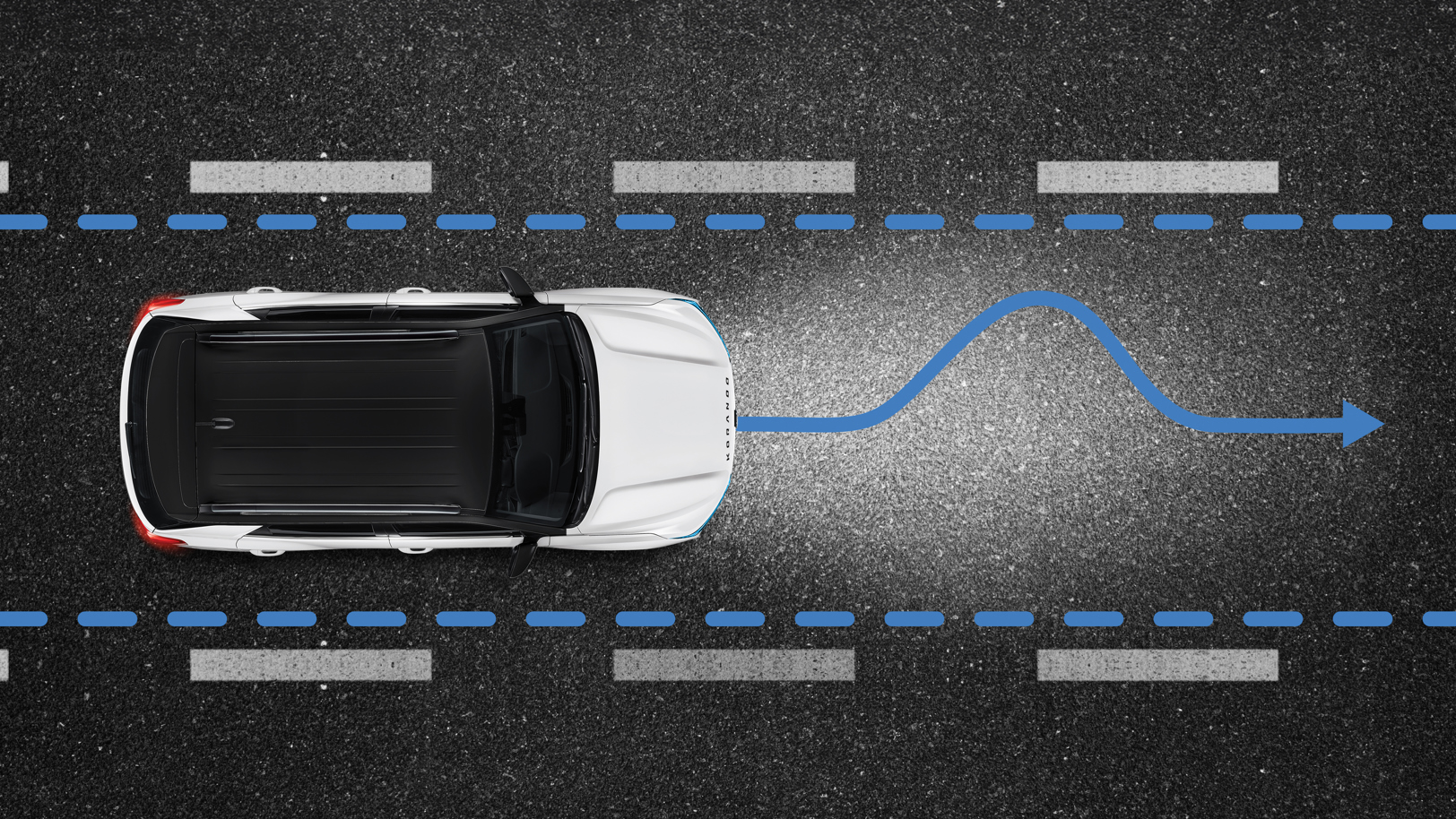
lane keeping assist
Front camera helps prevent unintended lane departure by making a corrective steering adjustment.

high beam assist
High Beam Assist detects oncoming vehicles and the rear lights of vehicles in front and dips headlamp high beams accordingly.
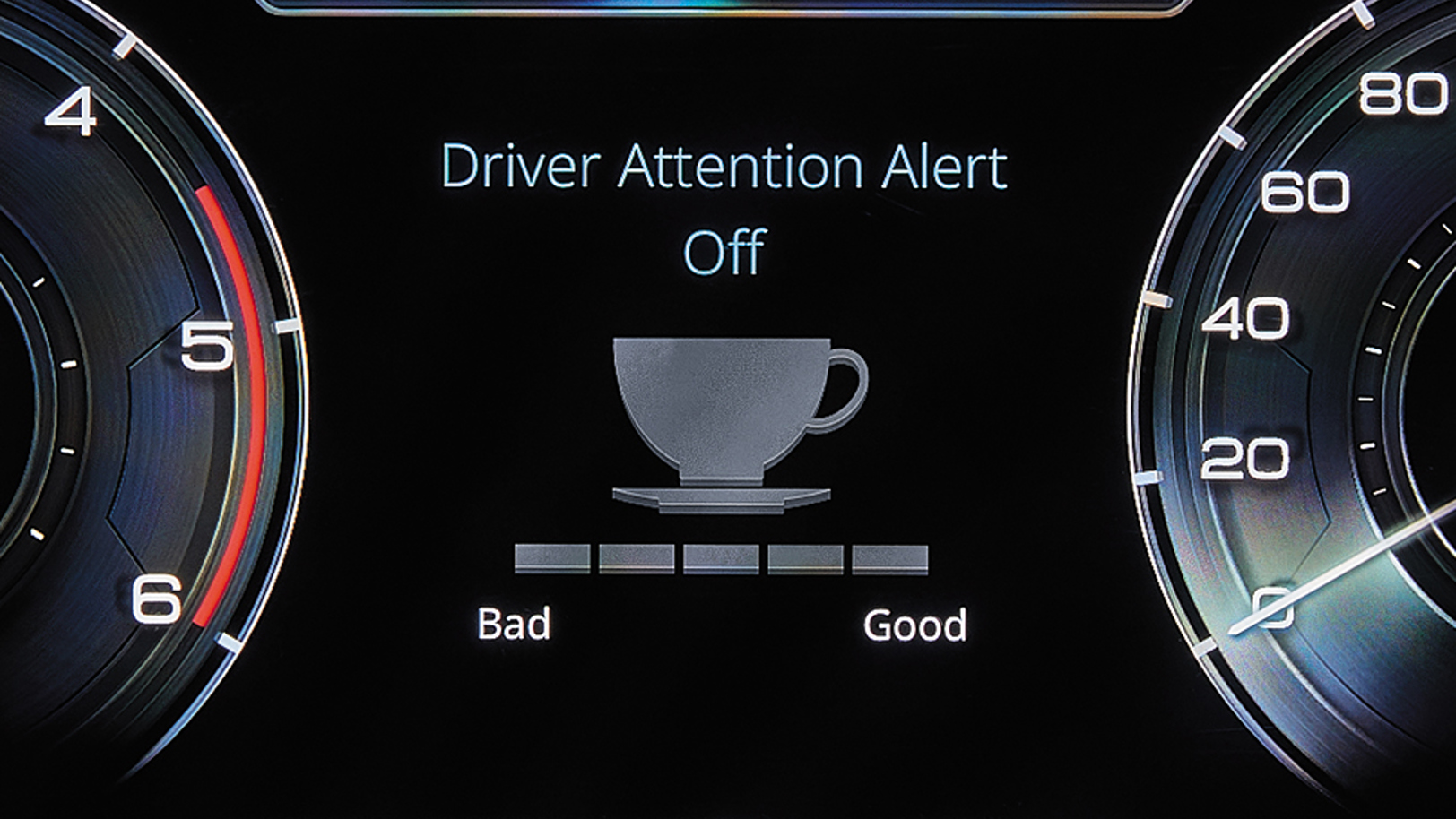
driver attention alert
Automatically alerts the driver when time at the wheel has exceeded safe limits.
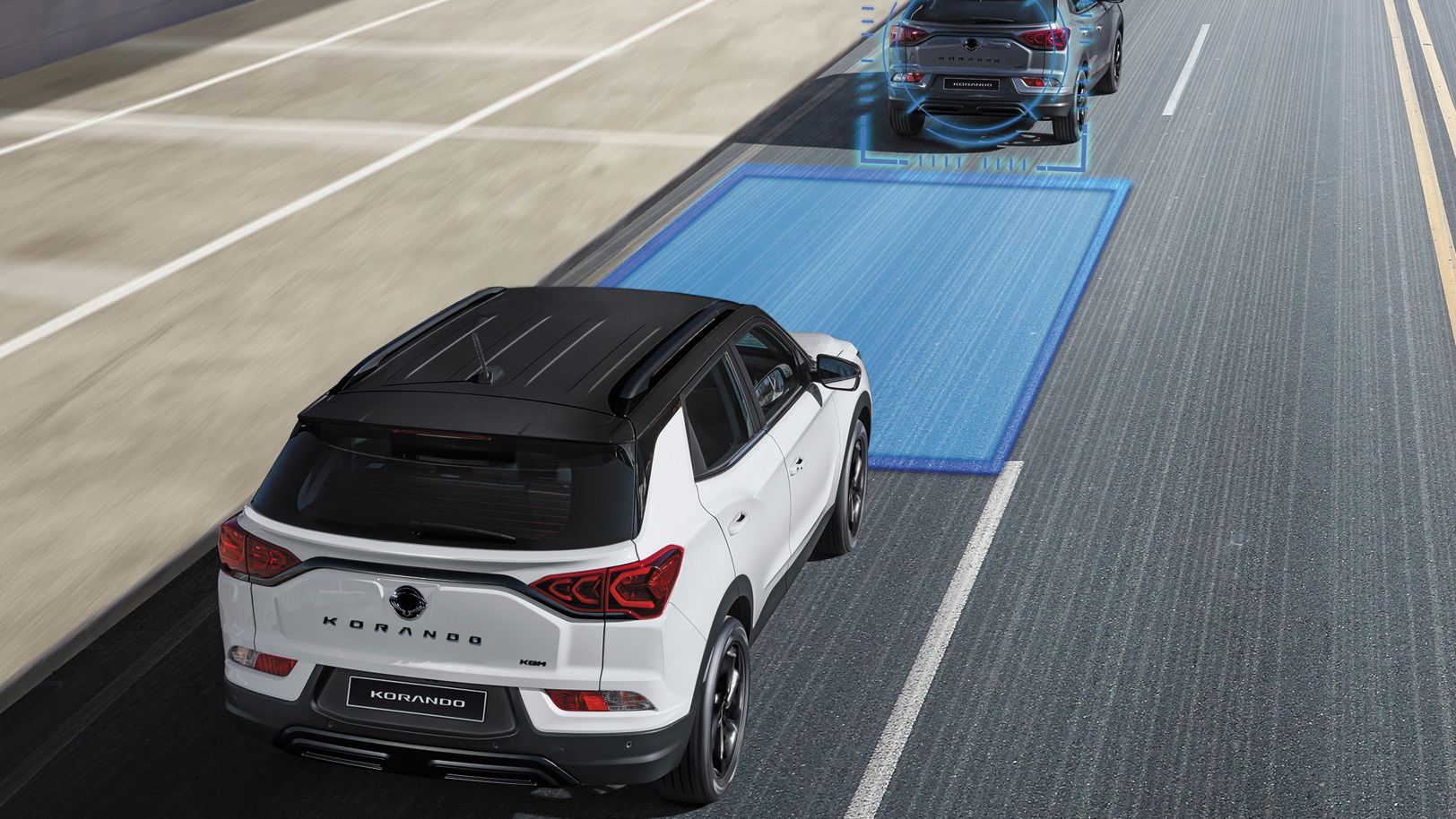
Safety distance alert
This function informs the driver of the time interval between their vehicle and the vehicle in front so that a safe stopping distance between the two vehicles can be maintained.

